Systems found on board a ship
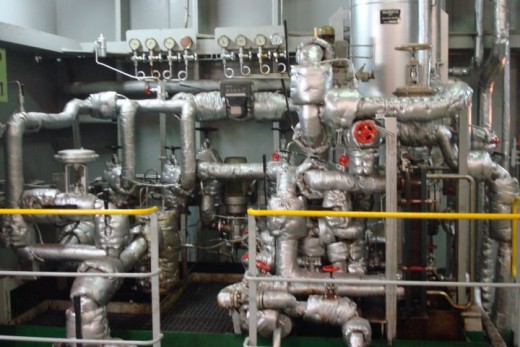
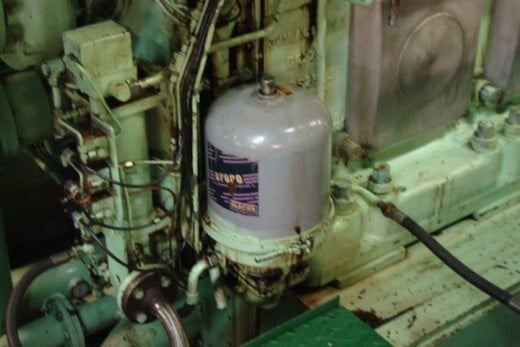
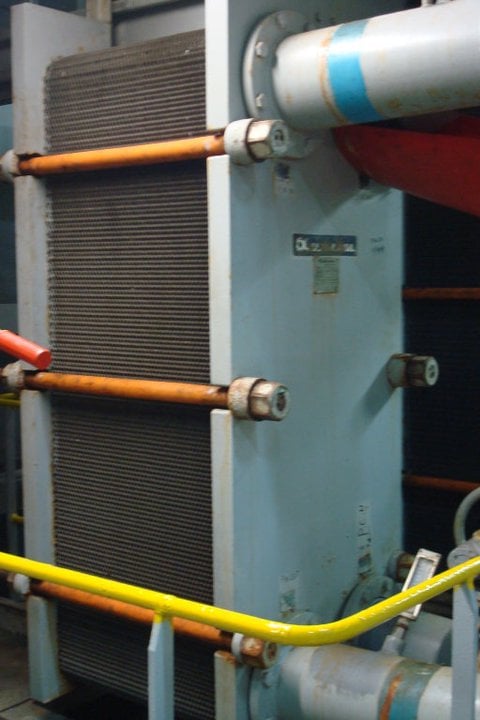
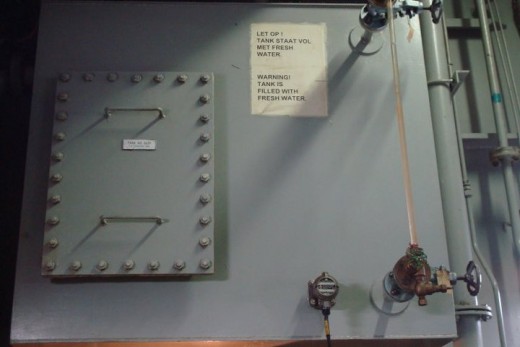
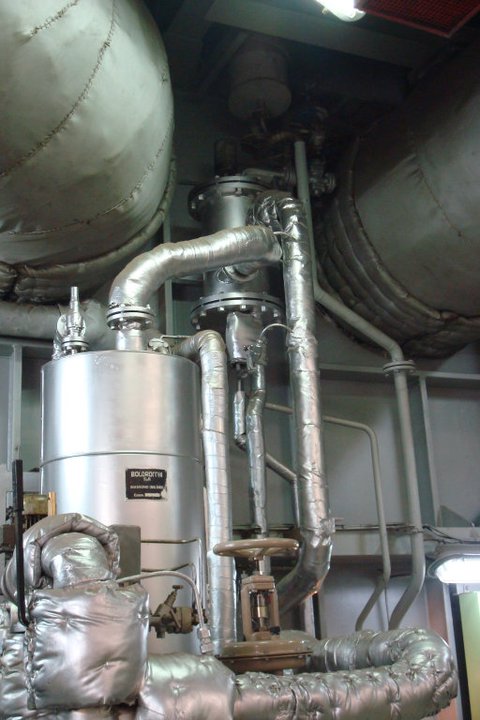
Whether it is a VLCC supertanker or an 18,000 dwt bulk carrier, all of these vessels have one thing in common; they all need basic systems to keep their journey at sea both safe and efficient.
I am going to briefly describe three main systems that can be found on almost any ship i.e. the fuel oil system, the lube oil system and the cooling system (both LT and HT).
Unlike a vehicle, it is not as easy to just simply start up the engine and pull out of the driveway! The engine room staff (comprised mainly of officers and ratings) make pre-checks which ensure the main engine is still able to operate efficiently for the journey ahead. In order for the main engine to operate efficiently, it needs its food (fuel) to produce energy, carbohydrates (LT and HT cooling) to keep it cool and its muscle rub (lube oil) to keep it running and to prevent seizure.
Fuel Oil System (HFO)
Initially supplied to the bunker tanks by a bunker barge, this is the first stop for fuel oil on board the vessel. The fuel oil that is used in most marine HFO applications is the IFO 180; which put in a simpler form means the fuel is at a viscosity (measured in cSt/ centistokes) of 180 cSt at a temperature of 50 degrees centigrade. It is like storing molasses in a tank until it is ready to be used; so it would be commmon practice to keep the tank well heated to make transfer possible. After leaving the storage tank via a transfer pump, the fuel oil then goes to a settling tank where by the action of gravity, water and sediments collect to the bottom where it is drained off intermittently until oil starts flowing through the drain. After leaving the settling tank via another transfer pump, it then goes to be purified by a centrifuge (purifier). The purifier operates on the principle of centrifugal force which throws the heavier particles outer and around the periphery of the bowl as the much lighter and cleaner fuel oil falls to the center. After the clean oil is discharged, it goes to the service (day) tank where it awaits to be consumed by the prime mover. The fuel leaves the service tank and passes through a booster unit before entering the main engine via the fuel pumps and fuel injectors. The booster unit is comprised mainly of a three way valve (which enables diesel oil to be mixed with the heavy fuel oil to achieve the correct viscosity or change over from heavy fuel oil to diesel fuel oil and vice versa for economical reasons), a supply (feed) pump (which at approximately 4 bars, supplies the fuel from the service tank to mixing (buffer) tank), a booster pump (which at approximately 8 bars, contributes to the pressure at which the fuel injector's needle valve will lift thus supplies the system from this point on with a higher pressure than the previous flow path pressure), a heater (which at approximately 125 degrees centigrade, heats the fuel to achieve the required viscosity for operation with special precautions avoiding thermal cracking), an auto and manual back washing filter (which at certain intervals back washes to prevent the filter from clogging with the manual serving as a stand-by filter just in case the auto filter needs to be temporarily taken out of service for cleaning etc), a viscosity controller (which monitors and controls the viscosity of the fuel) and then on to the main engine via an hfo duplex filter and the main engine fuel pump. Please not that where pumps are concerned, valves and filters are also placed before the suction ports and after the discharge ports not mentioned in the description.
LTFW and HTFW Cooling Systems
The LTFW or low temperature fresh water system is an important edition to the main engine. Its principle is similar to that of a car's radiator which is responsible for dissipating heat the engine creates as a direct result of doing work. From the reciprocating motion the pistons make to the exhaust gases that leaves the engine via the exhaust discharge ports, it is evident that heat is generated by any motion an engine makes. The main engine's lube oil and cooling systems go hand in hand. First, the LTFW is cooled in a heat exchanger (most commonly the plate types which make up the central cooling system) by circulating sea water through the heat exchanger which are both supplied by circulating pumps. After the LTFW leaves the LTFW cooler, it is distributed throughout the ship for many cooling applications (air compressor cooling, main engine air cooling, shaft generator cooling etc) but the main cooling application associated with this topic is the lube oil cooling. The LTFW enters the main engine L.O. cooler where it (similar to an endothermic reaction minus the chemical reaction), receives the the lube oil's heat. In other words, it cools off the lube oil which is used to lubricate, protect and remove heat from the engine's moving parts and enables it to be recycled throughout the main engine at a cooler temperature. The pressure of the lube oil is always greater than the pressure of the fresh water entering the cooler and the fresh water greater than that of the sea water.
The HTFW or high temperature fresh water system is used mainly for cylinder jacket cooling. The water circulates within the engine in areas surrounding the cylinder head and liner. Depending on the application, sometimes an HT system is used to cool turbochargers, exhaust valves etc. On almost all vessels, the HTFW's heat is used to create distillate water. After leaving the main engine, it then goes to a fresh water generator (FWG) (which operates on the principle of creating a vacuum in a chamber in order to decrease the boiling point of the sea water to enable evaporation and condensation to produce distillate water) where it exchanges its heat to the sea water inside the chamber before heading back again to remove the heat that is being generated in the cylinder liners and cylinder head.
The LT and HT systems are closed looped systems which need a means to accommodate expansion in the system as well as to replenish the system. Therefore an expansion tank is provided in both applications.
Lube Oil System
The lube oil system does basically what its name suggest, Lubricate! Besides reducing the friction between the moving parts in the engine, it also serves as a means of cooling those internal moving parts as well. The lube oil is forced fed to all of the engine components which makes it mandatory for the oil to be both cooled and filtered to avoid damage to the main engine's vital parts. After the lube oil leaves the main engine's sump, it is distributed by the main lube oil supply pump via strainer to the main bearings. The oil then passes through feed-holes into drilled passages to the crankshaft. After leaving the crankshaft, it then goes to the big end bearings and the connecting rod. Other supply passages feed the camshaft bearings, timing chains/gears and the camshaft drive. Excess oil drains back to the main engine's sump where it awaits to be recirculated throughout the system again.



